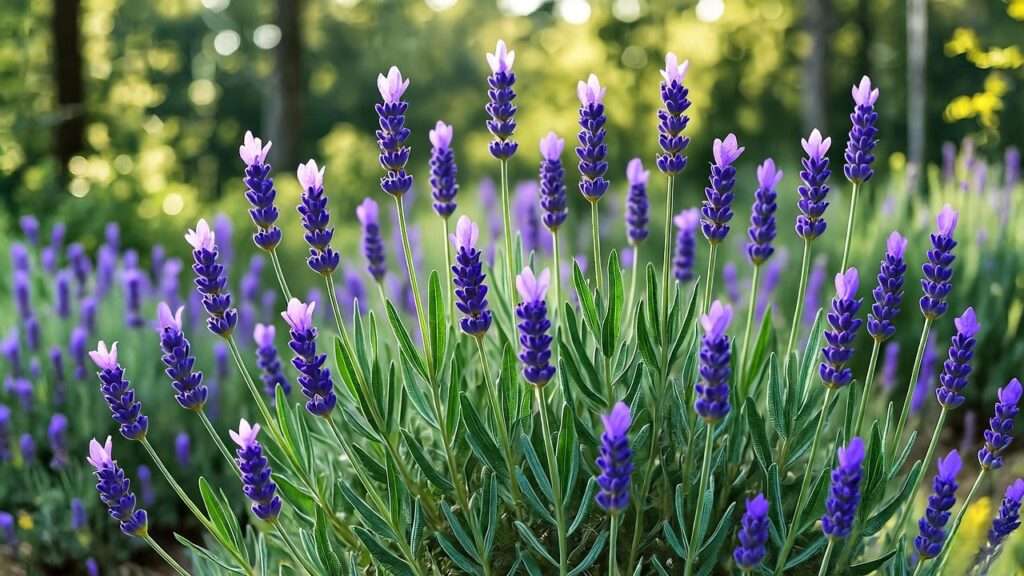Imagine stepping into your garden and being greeted by waves of vibrant purple blooms, their sweet, calming fragrance filling the air like a slice of the Mediterranean. Grosso lavender plants, with their striking beauty and versatility, can make this dream a reality for gardeners of all levels. Whether you’re looking to create a pollinator-friendly haven, craft homemade lavender sachets, or simply enjoy low-maintenance elegance, this guide is your roadmap to success. As a horticulturist with over a decade of experience growing lavender and consulting with botanical experts, I’ve distilled the best practices into seven essential tips to help you cultivate thriving Grosso lavender plants in any garden. Expect practical, actionable advice, troubleshooting solutions, and creative ideas to make your lavender journey rewarding. Let’s dive in! 🌼
Understanding Grosso Lavender Plants 🌱
What Makes Grosso Lavender Special?
Grosso lavender (Lavandula x intermedia ‘Grosso’) is a hybrid lavender celebrated for its robust growth, intense fragrance, and stunning deep purple flowers. This cultivar is a favorite among gardeners and commercial growers alike, thanks to its versatility. Its long, sturdy stems make it ideal for ornamental displays, dried bouquets, and essential oil production. Grosso lavender grows up to 3 feet tall and wide, creating a lush, bushy presence in any landscape. Its drought tolerance and ability to attract pollinators like bees and butterflies make it a sustainable choice for eco-conscious gardeners. Plus, its strong scent naturally repels pests like deer and rabbits, adding to its appeal.
Ideal Growing Zones and Conditions
Grosso lavender thrives in USDA Hardiness Zones 5-9, making it suitable for a wide range of climates. It prefers warm, sunny conditions that mimic its Mediterranean origins, requiring at least 6-8 hours of direct sunlight daily. Soil is critical: Grosso lavender demands well-draining, slightly alkaline soil with a pH of 6.5-7.5. Poor drainage can lead to root rot, a common issue for lavender. Expert Tip: Test your soil’s pH with a home testing kit (available at garden centers) to ensure optimal conditions. If your soil is too acidic, amend it with lime; if too alkaline, add sulfur sparingly.
Tip 1: Choosing the Perfect Location ☀️
Location is everything for Grosso lavender. Full sun is non-negotiable—aim for a spot with 6-8 hours of direct sunlight to encourage vibrant blooms and healthy growth. Avoid areas with heavy shade or poor air circulation, as these can promote fungal diseases. Slopes or raised beds are ideal, as they naturally improve drainage. Case Study: A gardener in Oregon transformed a sunny, south-facing slope into a thriving lavender patch by spacing plants 36 inches apart, ensuring ample sunlight and airflow. Pro Tip: If your garden has heavy clay soil, consider raised beds or containers to mimic the free-draining conditions lavender loves.
Tip 2: Preparing the Soil for Success 🏵️
Soil Composition and Drainage
Well-draining soil is the backbone of healthy Grosso lavender plants. This cultivar despises “wet feet,” so prioritize soil that allows water to flow freely. Sandy or loamy soils are ideal, but you can amend clay-heavy soils by mixing in coarse sand, gravel, or organic matter like compost. Aim for a soil texture that feels gritty rather than sticky. DIY Guide: To create a lavender-friendly mix, combine 50% native soil, 30% coarse sand or gravel, and 20% compost. Work this mix into the top 12 inches of your planting bed for best results.
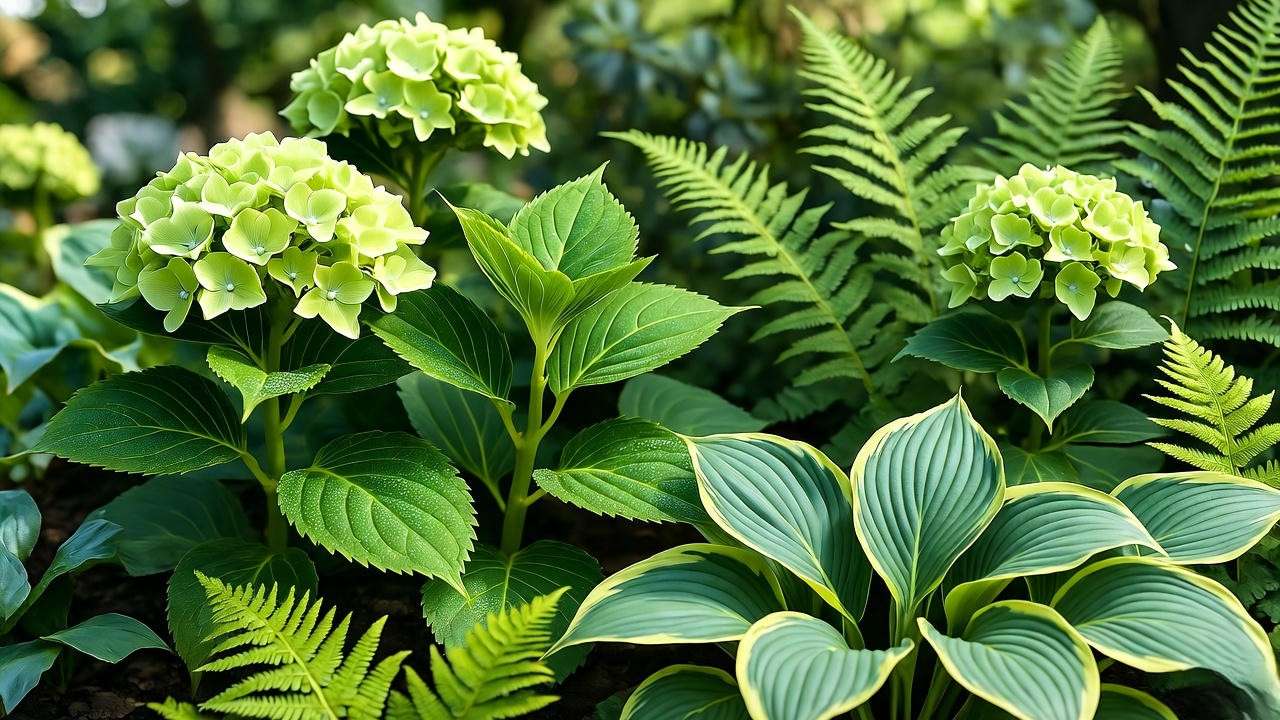
Testing and Adjusting Soil pH
Soil pH directly impacts lavender’s ability to absorb nutrients. Use a home pH testing kit or send a sample to a local extension service for accurate results. If your soil is too acidic (below 6.5), add agricultural lime to raise the pH; if too alkaline (above 7.5), incorporate elemental sulfur. Expert Insight: A lavender farm owner in Provence shared that maintaining a pH of 7.0 allows Grosso lavender to thrive, producing larger blooms and stronger fragrance. Retest soil every 1-2 years to ensure consistency.
Tip 3: Planting Grosso Lavender Like a Pro 🌼
Best Time to Plant
Timing is key to establishing healthy Grosso lavender plants. Spring (after the last frost) or early fall is ideal, giving roots time to settle before extreme weather. In milder climates (Zones 7-9), fall planting works well; in colder zones (5-6), spring is safer to avoid winter stress. Check your local frost dates to plan accordingly.
Planting Techniques
Proper planting sets the stage for long-term success. Space plants 24-36 inches apart to accommodate their mature size and ensure good air circulation. Dig a hole as deep as the nursery pot and twice as wide. Place the plant so the root ball’s top is level with the soil surface—burying the stem can cause rot. Backfill with your prepared soil mix, press gently, and water thoroughly. Step-by-Step:
- Dig a hole 12-18 inches wide and deep.
- Mix soil with sand or gravel for drainage.
- Place the plant, ensuring the root crown is level with the ground.
- Fill the hole, tamp lightly, and water deeply.
Common Mistake: Overwatering during the first few weeks—water only when the top inch of soil feels dry.
Tip 4: Watering Wisely 💧
Grosso lavender is drought-tolerant once established, but young plants need careful watering to develop strong roots. Water deeply but infrequently, allowing the soil to dry out between sessions. For new plants, water every 3-5 days for the first month, then reduce to once every 1-2 weeks, depending on rainfall. Established plants often survive on natural precipitation in well-draining soils. Watch for signs of trouble: yellowing leaves may indicate overwatering, while wilting or browning suggests underwatering. Pro Tip: Use a soaker hose or drip irrigation to deliver water directly to the roots, keeping foliage dry to prevent fungal issues.
Tip 5: Pruning for Longevity and Beauty ✂️
When and Why to Prune
Pruning is essential to keep Grosso lavender compact, healthy, and blooming year after year. The best time to prune is late summer or early fall, after flowering ends, to prepare the plant for winter and encourage bushy growth. Regular pruning prevents the plant from becoming woody and sparse, extending its lifespan (typically 5-10 years).
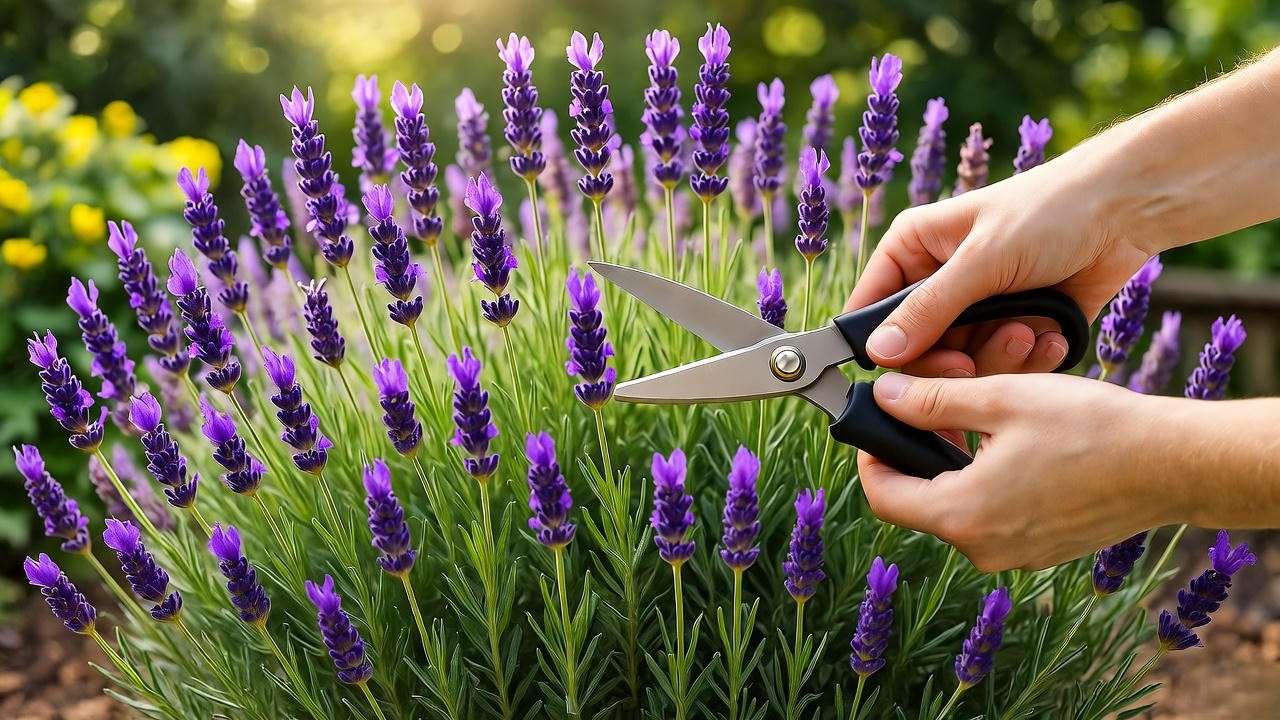
How to Prune Grosso Lavender
Use clean, sharp pruning shears to avoid damaging the plant. Cut back about one-third of the green growth, shaping the plant into a rounded mound. Avoid cutting into the woody base, as lavender rarely regrows from old wood. Visual Guide: Imagine trimming the plant into a dome, removing only the top third of soft, green stems. Expert Quote: A horticulturist from a California lavender farm advises, “Prune annually to maintain a tidy shape and stimulate new growth, but never cut more than a third to avoid stressing the plant.”
Tip 6: Fertilizing Without Overdoing It 🌿
Grosso lavender plants are naturally adapted to nutrient-poor soils, so fertilizing should be minimal to avoid lush, leafy growth at the expense of flowers. Over-fertilizing can lead to weak stems and reduced fragrance, which defeats the purpose of growing this aromatic beauty. If your soil is moderately fertile, you may not need fertilizer at all. For poorer soils, apply a low-nitrogen, organic fertilizer (such as 5-10-10) once in early spring. Alternatively, a thin layer of well-rotted compost around the base of the plant provides a gentle nutrient boost without overwhelming it. Warning: Excessive nitrogen encourages foliage over blooms—look for yellowing leaves or leggy growth as signs of nutrient burn. Eco-Friendly Tip: Brew compost tea by steeping compost in water for 24-48 hours and use it sparingly to nourish your lavender naturally.
Tip 7: Protecting Grosso Lavender from Pests and Diseases 🐞
Common Pests
While Grosso lavender’s strong scent naturally deters many pests, it can occasionally attract aphids, spider mites, or whiteflies. Aphids cluster on new growth, sucking sap and weakening plants. Spider mites, tiny web-spinning pests, thrive in hot, dry conditions. Whiteflies may appear as small, white clouds when foliage is disturbed. For all three, start with a strong blast of water to dislodge them. If the infestation persists, apply neem oil or insecticidal soap, ensuring to coat the undersides of leaves. Pro Tip: Introduce beneficial insects like ladybugs or lacewings, which are natural predators of aphids and mites, for an eco-friendly solution.
Disease Prevention
Grosso lavender is susceptible to fungal diseases like root rot and powdery mildew, especially in humid or poorly drained conditions. Root rot, caused by overwatering or heavy soil, manifests as wilting or yellowing despite adequate water. Powdery mildew appears as white, powdery spots on leaves. Prevent both by ensuring proper drainage, spacing plants for air circulation, and avoiding overhead watering. If mildew appears, remove affected leaves and apply a fungicide labeled for lavender. Troubleshooting Guide:
- Symptom: Wilting, soggy roots. Cause: Root rot. Solution: Improve drainage, reduce watering.
- Symptom: White leaf coating. Cause: Powdery mildew. Solution: Increase airflow, apply fungicide.
Harvesting and Using Grosso Lavender 🌾
When and How to Harvest
Harvesting Grosso lavender at the right time maximizes its fragrance and versatility. The best moment is when about 50% of the flower buds have opened, typically in mid-summer. Cut stems early in the morning when essential oils are most concentrated, using sharp scissors to snip just above the leafy growth. Bundle stems with twine and hang them upside down in a dark, well-ventilated area to dry for 1-2 weeks. Pro Tip: Store dried lavender in airtight containers to preserve its scent for months.
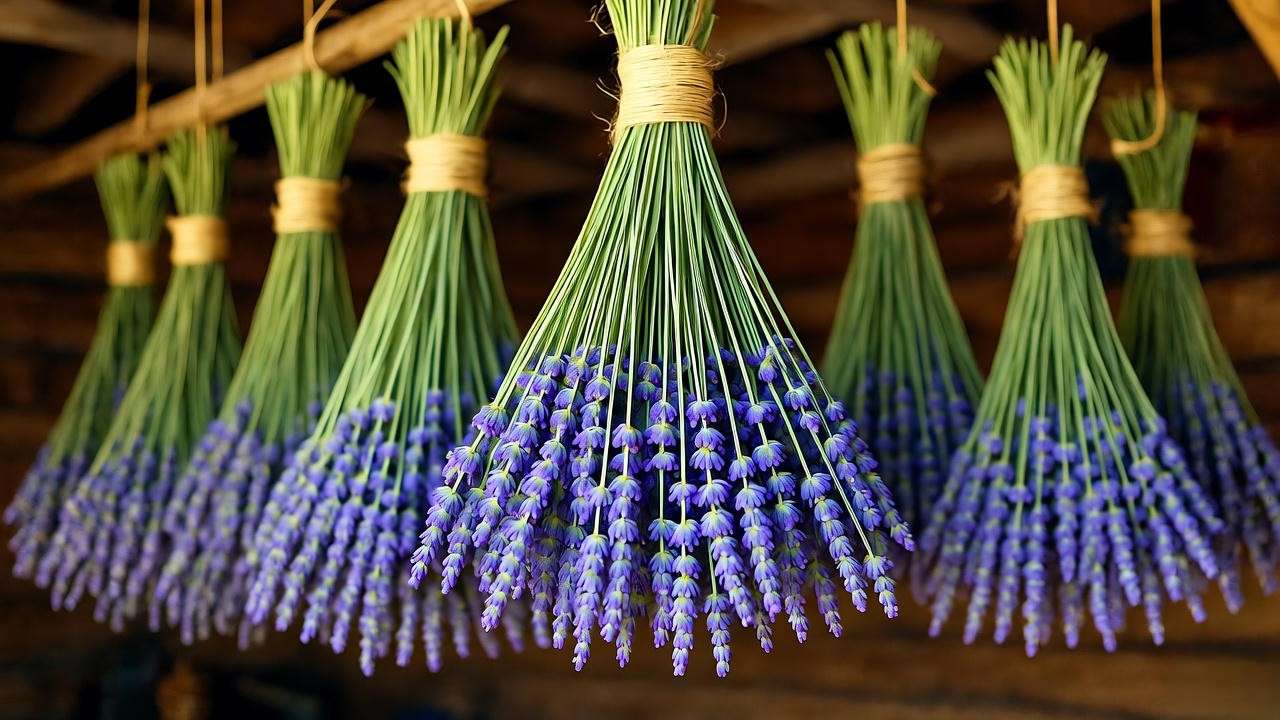
Creative Uses for Grosso Lavender
Grosso lavender’s rich fragrance and vibrant color make it a star in culinary, craft, and wellness applications.
- Culinary: Add dried buds to desserts like shortbread, infuse them in tea, or create lavender sugar for baking. Recipe Idea: To make lavender sugar, blend 1 tablespoon of dried Grosso lavender buds with 1 cup of granulated sugar and let it sit for a week. Use it in cookies or lemonade for a floral twist.
- Crafts: Craft sachets by filling small fabric bags with dried buds to freshen drawers or closets. Create wreaths or potpourri for home decor.
- Aromatherapy: Use dried buds in bath salts or distill them into essential oil for diffusers or massage blends. Safety Note: Always dilute essential oils before skin application.
Winter Care for Grosso Lavender ❄️
In colder climates (Zones 5-6), protecting Grosso lavender during winter is crucial for its survival. Before the first frost, mulch around the base with gravel, straw, or pine needles to insulate roots without trapping moisture. Avoid organic mulches like bark that retain water, as this can cause rot. In extremely cold areas, cover plants with breathable fabric like burlap to shield them from harsh winds. Expert Advice: A Zone 5 gardener shared that lightly pruning in fall and mulching with 2 inches of gravel helped their lavender survive sub-zero winters. Common Mistake: Over-mulching with heavy materials, which can suffocate roots or promote fungal growth. In milder zones (7-9), minimal winter care is needed, but ensure soil remains well-drained during wet seasons.
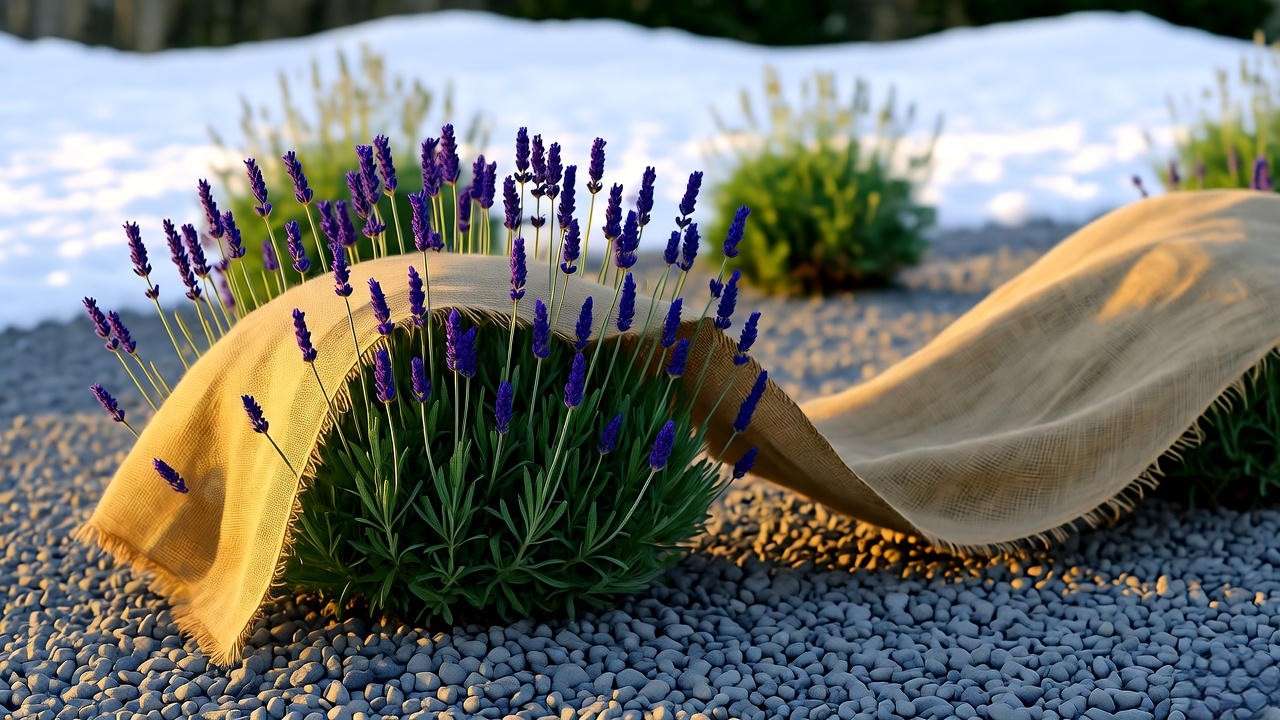
Troubleshooting Common Grosso Lavender Problems 🛠️
Even with proper care, Grosso lavender may face challenges. Below is a quick-reference chart to diagnose and fix common issues:
| Symptom | Possible Cause | Solution |
|---|---|---|
| Yellowing leaves | Overwatering or poor drainage | Reduce watering, improve soil drainage |
| Sparse or no blooms | Insufficient sun or pruning | Ensure 6-8 hours of sun, prune annually |
| Leggy, woody growth | Lack of pruning | Prune back one-third in late summer |
| Wilting despite watering | Root rot | Check soil drainage, reduce watering |
If your plant is over 5-7 years old and struggling, it may be reaching the end of its natural lifespan. Consider propagating cuttings or replacing it with a new plant.
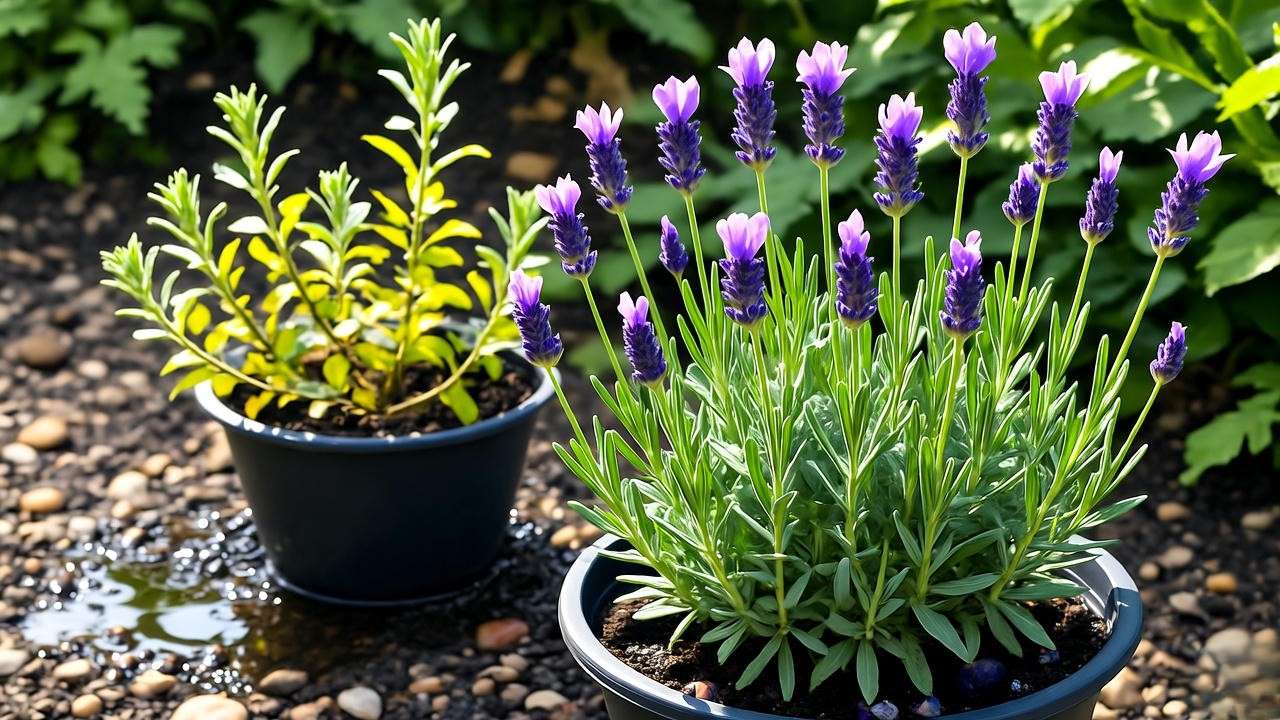
Frequently Asked Questions (FAQs) ❓
Q1: Can Grosso lavender grow in containers?
Yes, with a pot at least 12-16 inches wide and deep to accommodate roots. Ensure excellent drainage with a mix of potting soil and sand, and place the container in full sun. Water sparingly.
Q2: How long do Grosso lavender plants live?
With proper care, they can thrive for 5-10 years. Regular pruning and well-drained soil extend their lifespan.
Q3: Why isn’t my lavender blooming?
Lack of sunlight, improper pruning, or excessive fertilizer may be to blame. Ensure full sun, prune annually, and avoid high-nitrogen fertilizers.
Q4: Is Grosso lavender deer-resistant?
Yes, its strong fragrance naturally deters deer, rabbits, and other herbivores, making it ideal for open gardens.
Q5: Can I grow Grosso lavender indoors?
It’s challenging due to light requirements, but possible with a south-facing window or grow lights providing 12-14 hours of bright light daily. Ensure excellent drainage and avoid overwatering.
Conclusion 🌼
Growing vibrant Grosso lavender plants is within reach for any gardener with the right knowledge and care. By choosing a sunny location, preparing well-drained soil, planting properly, watering wisely, pruning annually, fertilizing sparingly, and protecting against pests and diseases, you’ll enjoy lush blooms and intoxicating fragrance for years. Whether you’re crafting lavender sachets, infusing culinary creations, or simply basking in your garden’s beauty, Grosso lavender delivers unmatched rewards. Start your lavender journey today, and share your experiences in the comments below—have you tried a lavender craft yet? For more plant care tips, explore our guides on companion planting or other lavender varieties. Happy gardening! 🌿

